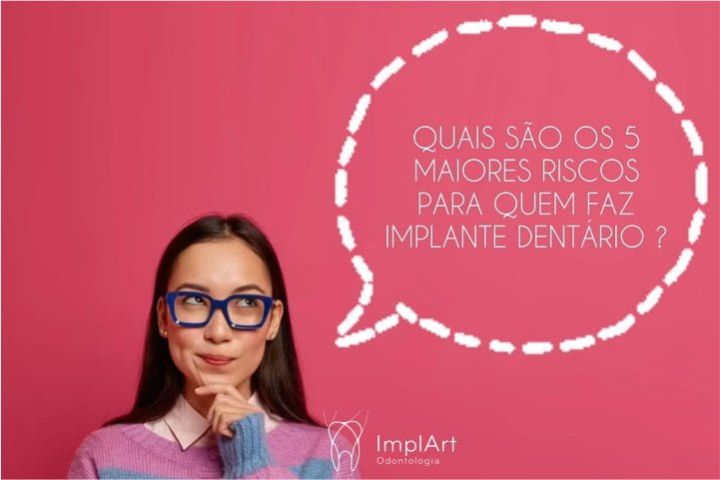
5 Biggest Risks for Dental Implants
Are there any risks for dental implants? We’ll find out about 5 of them in this article. Dental implants are a more up-to-date, modern and low-risk alternative for tooth replacement than a fixed prosthesis on teeth or a removable prosthesis, the old dentures.
The technique for inserting dental implants is very safe, with an estimated 92% chance of success in non-smoking patients with good health and healthy habits. There are several types of dental implants available today, the most modern of which is the metal-free ceramic implant, an excellent option for those looking for metal-free implant treatment.
The single tooth implant, or total dental implant, is used to replace the root of one or more missing teeth and will serve as a support for an artificial tooth called adentalprosthesis or dental crown.
Know more about the risks and dangers of dental implants
Crucial to the success of the procedure is the thorough planning of the implant surgery and the choice of specialist professionals who are qualified to carry out the dental implant surgery. This increases the chance of success of this important treatment, and therefore the chances of any complications are minimal.
So rest assured that you can enjoy all the benefits that this rehabilitative and safe treatment offers patients. The implant-supported prosthesis is made to resemble the person’s other natural teeth and also offer similar chewing strength.
Oral rehabilitation with dental implants is usually the best option for re-establishing the patient’s aesthetic and chewing functions, a treatment called total dental implantation.
But in very few cases, there can be some risks with dental implants. Here are the 5 main risks of dental implants:
1 – Risk of implant breakage
Patients who grind or clench their teeth (bruxism) can exert a lot of force on the implants, with an increased chance of breakage or fracture of the implants or the parts that make up the implant prostheses.
Patients who bruxism also increase the risk of loosening the screws that fix the implant crown. When this happens, the patient reports that the implant is “soft”. However, we mustn’t confuse the prosthesis becoming loose with the implant pin coming loose from the bone (which is much more serious).
Most commonly, when the problem is just the loose implant tooth, the patient feels no pain, while when the implant is lost there is always pain. If the implant fractures or comes loose from the bone, it must be replaced, starting the dental implant process all over again.
Check complete PODCAST about 5 biggest risks for dental implants:
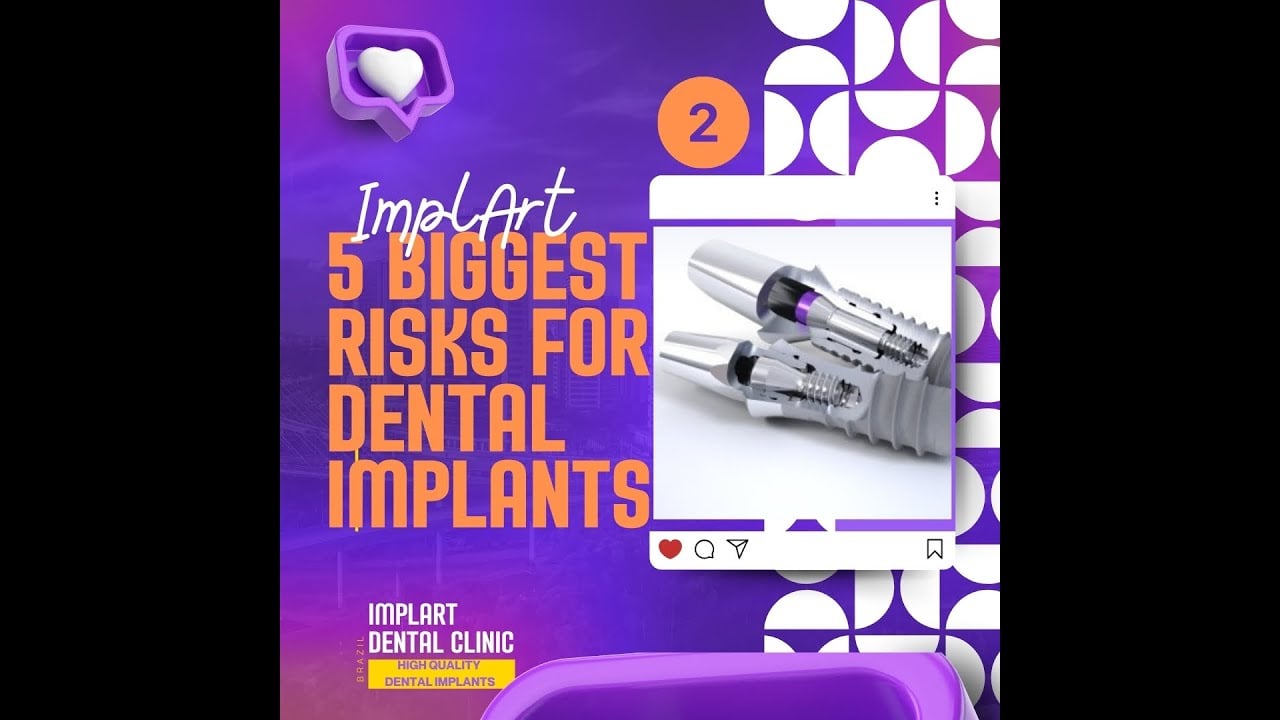
Is it the dentist’s fault that my implant fractured?
There are several factors to consider, some of which would be the material of the prosthesis, the number and positioning of the implants, correct surgical technique, material of the dental implant, type of prosthetic components chosen, type of prosthetic connection chosen.
Assuming that the professionals are working to do their best, it’s rare that there will be any negligence in this regard. What really counts is the willingness of the patient and the professional to start again, perhaps trying to improve or perfect one of the strategies.
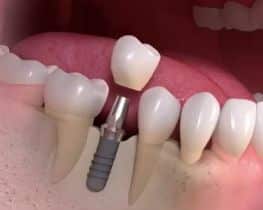
2 – Inflammation in implants and risks
Inflammation can occur in a dental implant, manifesting itself as pain, swelling, pain when chewing, bleeding, and even the formation of pus in the implant. Please note that in any area of medicine where an artificial part is used inside the human body, there can be an adverse reaction of rejection.
This rejection phenomenon can occur in relation to the dental implant or an associated material such as a bone graft or a protective membrane. Bacterial infection can also occur in the implants, which can even prevent bone integration.
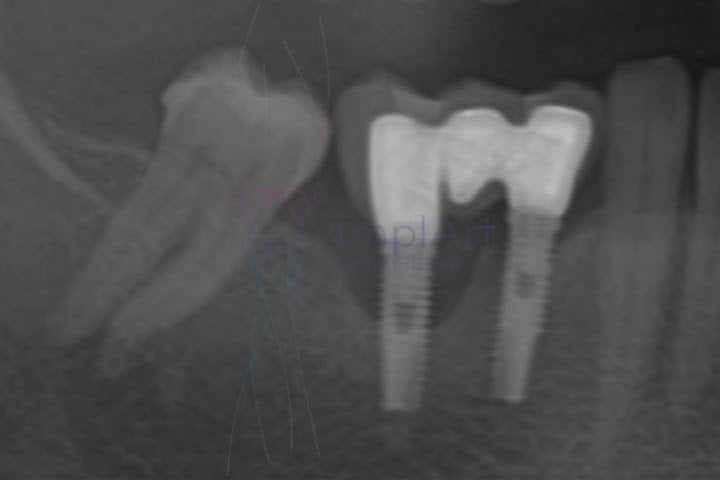
That’s why all treatments at ImplArt begin with a thorough oral cleaning, as well as the removal of any infectious diseases such as cavities and periodontal disease. The patient will only have implant surgery if their mouth is clean and their oral health is good.
This is possible even if the patient doesn’t have all their teeth yet. When the prostheses on implants are finished, we teach the patient how to properly clean the dental implant. This correct hygiene is very important and certainly contributes to the chances of success of the dental implant.
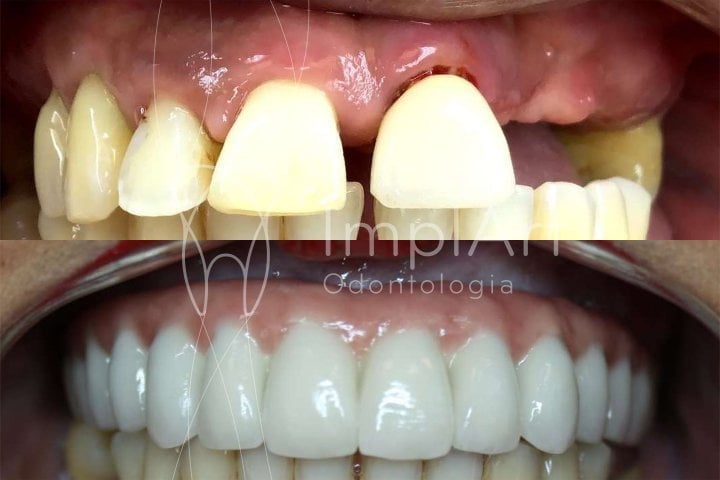
3 – Risk of facial nerve damage
If the surgery is not well planned, with the use of CT scans and other imaging tests for mapping, damage to the jaw nerve can occur during dental implant surgery. In the area at the back of the mouth in the lower arch, there is a nerve that can be very superficial, especially if the patient has been without teeth for many years.
In patients with advanced periodontal disease, bone loss can also put the nerve at risk due to its proximity. To reduce the risk of nerve damage and paresthesia, the implant dentist will carry out imaging tests. The most commonly requested exam is a panoramic X-ray, but a cone beam CT scan helps to measure the bone and plan the implant.
Computer-guided surgery – reducing risks
To minimize the risks even further, we can perform computer-guided partial or total implant surgery, which offers little invasiveness and allows for perfect positioning of the dental implant, with no room for error.
Crooked or poorly positioned implants can have poor bone integration or even rejection. It is not in all cases that we are able to recover the patient from oral nerve damage or poorly placed implants.
Depending on the severity of the problem, an injury to the jaw nerve can lead to sequelae such as numbness in the jaw or loss of sensation in the tongue or to the sensation of tastes (gustation).
At the ImplArt dental clinic, 100% of cases are operated on with a CT scan, which can be done in our own radiology center.
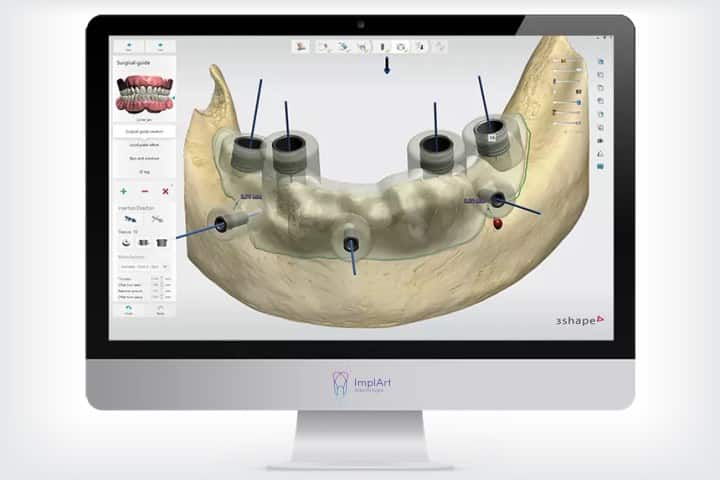
4 – Risks in the bone around the implants
Bone loss can occur in an implant that has suffered infection while healing in the bone. In addition, in cases where immediate loading is carried out, i.e. a temporary or permanent tooth is placed in position immediately after surgery, there is a greater risk of bone and implant loss.
This is because the newly placed dental implant does not yet have a mature attachment to the bone and needs to rely exclusively on its mechanical locking into the bone in order to fix itself. Most of the time, if the indication and technique are correct, immediate loading works well.
But in cases of immediate failure, the consequences can be serious, for example leading to major bone loss in the area. There are more advanced dental implant models that have improvements to the fit of the tooth and also in the chemistry of the surface so that healing in the bone occurs faster and more efficiently.
Today we have dental implants that allow you to have a permanent tooth in 1 month! Get to know the dental implant models with the best advances, such as Straumann implants, Neodent cone-morse implants (national), SIN implants (national).
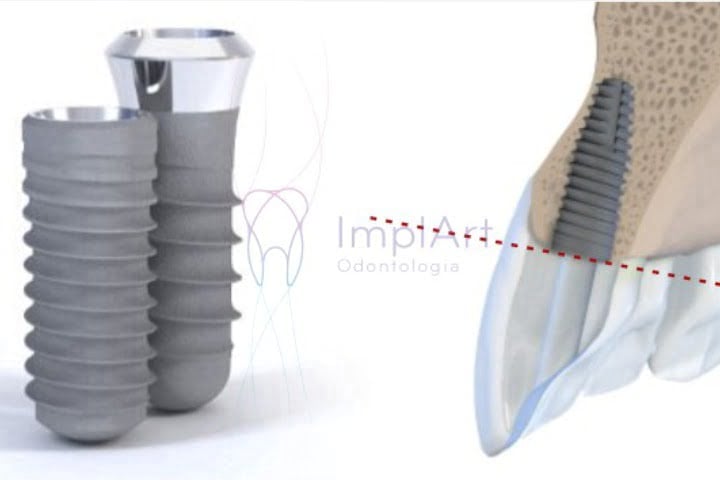
5 – Increase in risk factors – patient health and habits
There are risks to the success of implant treatment that don’t depend on the professional or the materials used, but on patient factors. Failure to clean the teeth,smoking and diabetes increase the chance of problems with the dental implant.
In this article, we only discuss the RISKS in dental implants, however the success rates of dental implants are very high, especially for current implant dentistry techniques performed by a dental implant specialist.
Dental implants are an excellent treatment if they are well indicated, planned and executed.

Come and see our work! The ImplArt Dental Clinic has been dedicated to implant dentistry and oral rehabilitation for 18 years. We are located in São Paulo, Brazil.
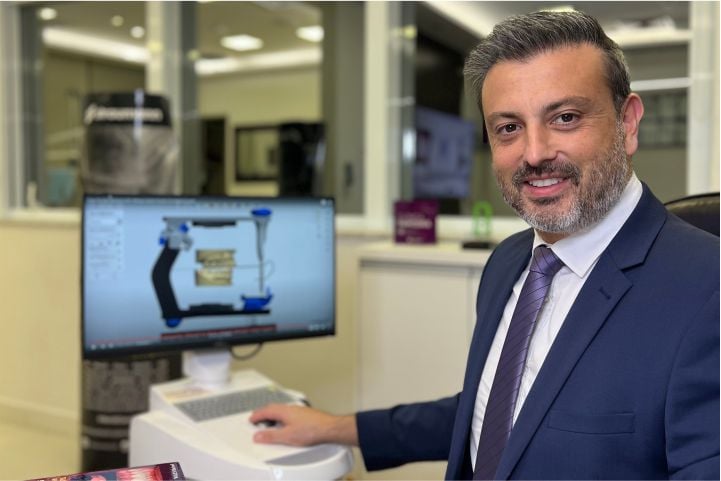
Text written by DR. ROBERTO MARKARIAN – CRO-SP 73.583 – updated on 26-08-2024
Founder and Director of the ImplArt Dental Clinic – Dr. Roberto’s Linkedin profile
Dr. Roberto Markarian is a reference in dental implants and computerized dental prostheses in Brazil. As well as having more than 10,000 implants installed, he is a researcher who produces knowledge that is published worldwide in renowned scientific journals in the field of dentistry. He is responsible for promoting knowledge and high technology applied in all the treatments offered by the ImplArt Dental Clinic.
 Agende sua consulta agora por WhatsApp
Agende sua consulta agora por WhatsApp
Leave a Reply